Table of Contents
The Cu Chi Tunnels description, located in the Cu Chi District of Ho Chi Minh City, Vietnam, stand as a testament to the ingenuity, resilience, and determination of the Vietnamese people during the Vietnam War. These intricate underground tunnels served as a vital network of communication, transportation, and shelter for the Viet Cong forces, playing a significant role in their resistance against the American and South Vietnamese military. Today, the Cu Chi Tunnels are not only a symbol of the country’s turbulent past but also a popular tourist attraction, drawing visitors from all over the world to experience a piece of history firsthand.
History of Cu Chi Tunnels
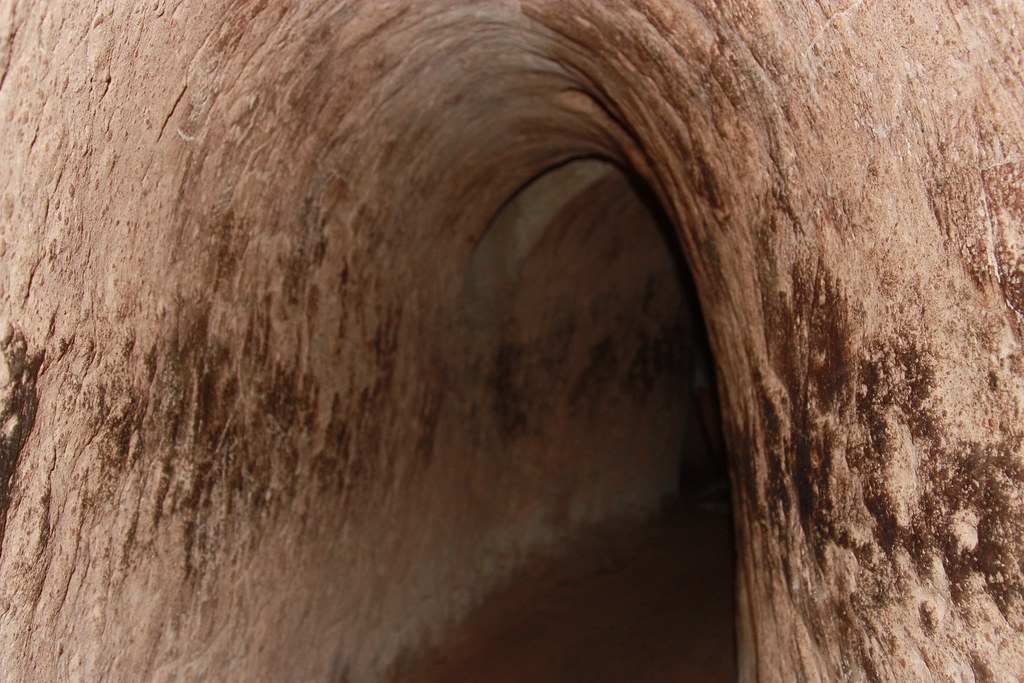
The origins of the Cu Chi Tunnels description can be traced back to the early 1940s when the local people began constructing them as a means of protection against French colonial forces. These initial tunnels were basic and limited in scope, serving primarily as hiding spots for villagers and storage for food and supplies. However, as the conflict escalated, the tunnels were significantly expanded and developed into an extensive subterranean network.
During the Vietnam War, the Cu Chi Tunnels became a central hub for Viet Cong activities. The tunnels were meticulously planned and constructed over a period of years, with careful attention paid to ensuring their functionality, safety, and ability to withstand enemy attacks. They were used for various purposes, including transportation of troops and supplies, as well as hiding spots during air raids.
Construction of Cu Chi Tunnels description
The construction of the Cu Chi Tunnels was a massive undertaking that required immense effort and dedication from the Vietnamese people. The tunnels were dug by hand using simple tools such as shovels, pickaxes, and hoes. The soil was then carried away in baskets and scattered in nearby fields to avoid detection. The tunnels were built in three levels – the first level was about 3 meters deep and used for storage, the second level was 6-8 meters deep and served as living quarters, and the third level was the deepest at 12-15 meters and used as a command center.
The tunnels were also equipped with various features to ensure their functionality and safety. These included air vents disguised as termite mounds, trapdoors covered in leaves, and booby traps to deter enemy soldiers. The Viet Cong also utilized natural resources such as bamboo and water from nearby rivers to create makeshift kitchens and wells within the tunnels.
Geography and Layout of Cu Chi Tunnels
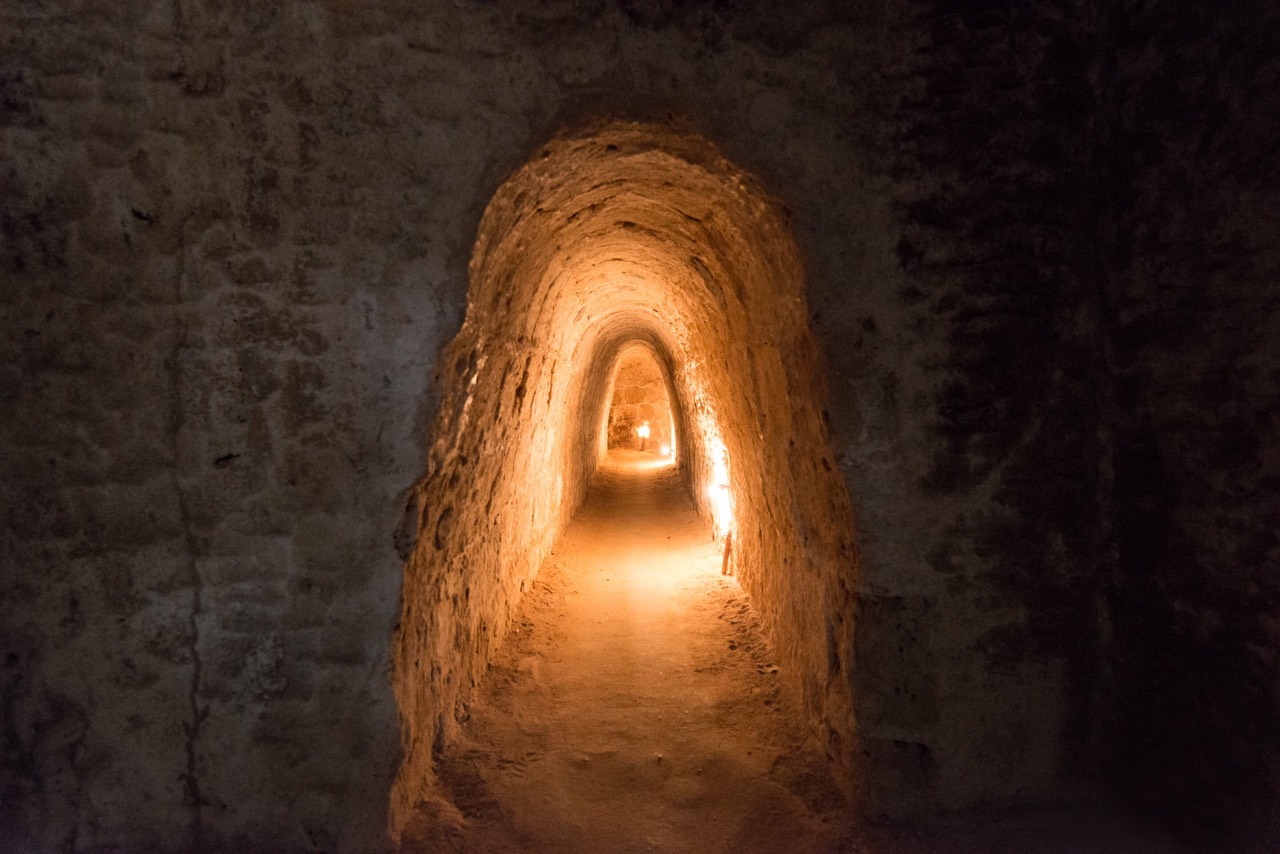
The Cu Chi Tunnels description are located in a densely vegetated, swampy terrain, providing natural camouflage and making it challenging for enemy forces to detect them. The area is also known for its red clay soil, which was ideal for tunnel construction as it could be easily dug and molded into shape. The tunnels consist of a complex network of underground passageways, chambers, and living quarters, stretching for over 120 miles.
The tunnels were strategically designed to connect different areas, including villages, military bases, and supply routes. They were also divided into different sections, each with a specific purpose. For example, the Ben Duoc section was used as a base for attacking American troops, while the Ben Dinh section was primarily used for communication and transportation.
Purpose and Use of Cu Chi Tunnels
The Cu Chi Tunnels served as a crucial lifeline for the Viet Cong during the Vietnam War. They provided a safe haven for soldiers and civilians alike, allowing them to evade enemy attacks and carry out their operations without detection. The tunnels also played a significant role in the success of the Tet Offensive in 1968, where the Viet Cong launched a surprise attack on multiple South Vietnamese cities, catching the American and South Vietnamese forces off guard.
Apart from being used for military purposes, the tunnels also served as a means of communication and transportation. The Viet Cong used them to relay messages, transport supplies, and even move troops undetected. The tunnels were also equipped with medical facilities, storage areas for weapons and ammunition, and even classrooms for training purposes.
Life in the Cu Chi Tunnels
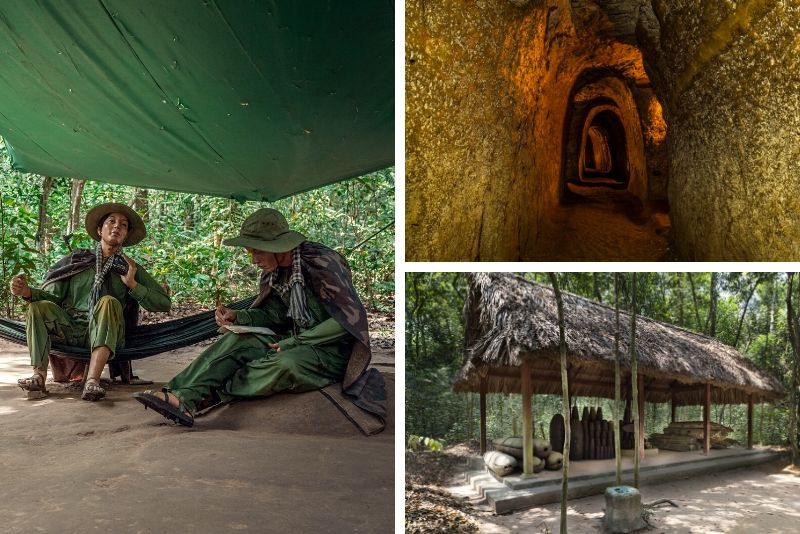
Life in the Cu Chi Tunnels description was not easy, but the Vietnamese people adapted and made the best out of their situation. The cramped living conditions, lack of sunlight, and constant threat of enemy attacks took a toll on the physical and mental well-being of those living in the tunnels. However, the residents of the tunnels found ways to cope and make their lives as comfortable as possible.
The Viet Cong soldiers who lived in the tunnels had to be resourceful and creative to survive. They grew their own vegetables and raised livestock within the tunnels, using innovative methods such as hydroponics and breeding crickets for protein. They also made use of discarded materials such as tires and scrap metal to create furniture and other necessities.
Tactics and Strategies Used in the Cu Chi Tunnels
The Viet Cong utilized various tactics and strategies to defend the Cu Chi Tunnels from enemy attacks. One of the most effective methods was the use of booby traps, which were designed to maim or kill unsuspecting soldiers. These traps were often hidden in plain sight, making it difficult for the enemy to detect them. The Viet Cong also employed guerrilla warfare tactics, launching surprise attacks and then quickly retreating into the tunnels, making it challenging for the enemy to retaliate.
Another strategy used by the Viet Cong was the creation of fake tunnel entrances to confuse and mislead the enemy. These decoy tunnels would lead to dead ends or trapdoors that would collapse under the weight of enemy soldiers. The Viet Cong also used diversionary tactics, such as creating noise and movement in one area of the tunnels while carrying out operations in another.
Impact of Cu Chi Tunnels on the Vietnam War
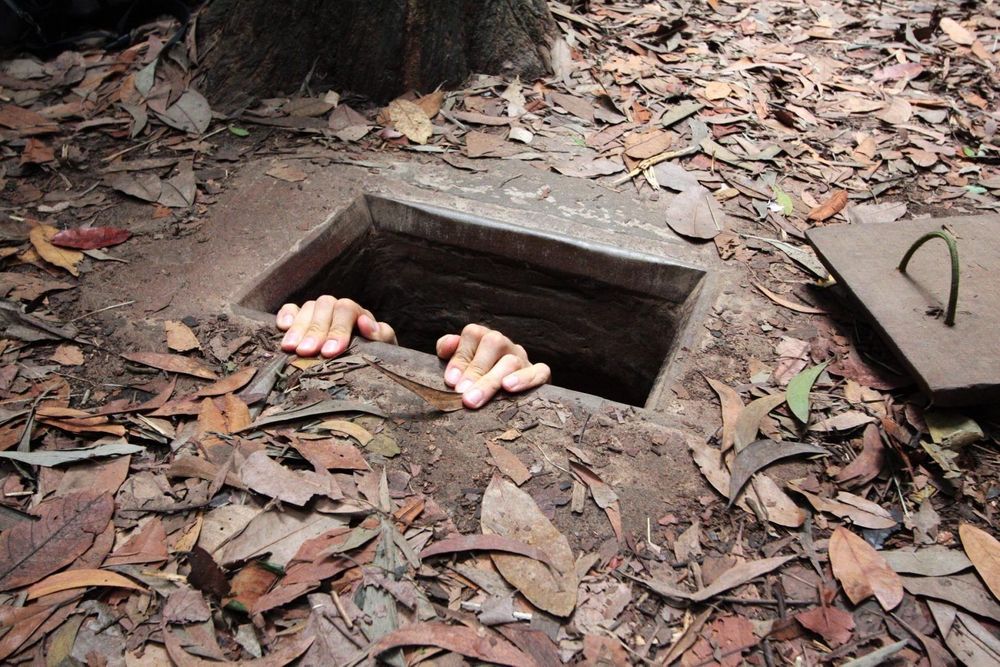
The Cu Chi Tunnels description played a significant role in the outcome of the Vietnam War. They provided the Viet Cong with a safe haven and allowed them to carry out their operations without detection. The tunnels also served as a symbol of the resilience and determination of the Vietnamese people, who refused to give up despite facing overwhelming odds.
The tunnels were also crucial in the success of the Tet Offensive, which was a turning point in the war. The surprise attack by the Viet Cong caught the American and South Vietnamese forces off guard, leading to heavy casualties and a loss of morale. The Tet Offensive also had a significant impact on public opinion in the United States, leading to increased opposition to the war and eventually contributing to its end.
Preservation and Tourism of Cu Chi Tunnels
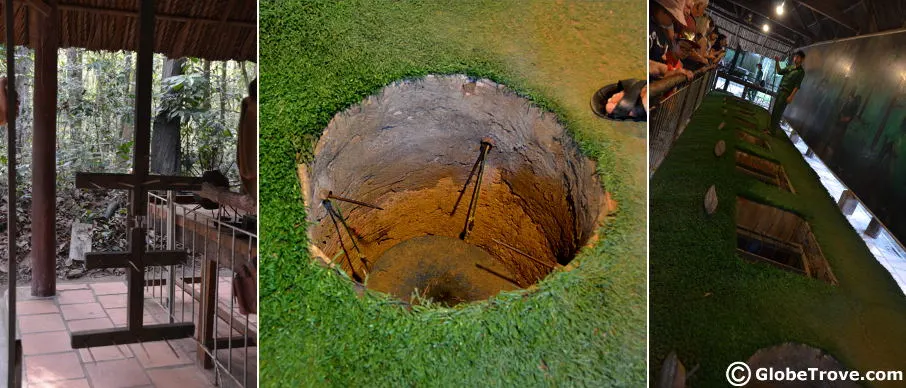
After the war ended, the Cu Chi Tunnels were abandoned and left to decay. However, in the 1980s, efforts were made to preserve and restore parts of the tunnels for historical and educational purposes. Today, the Cu Chi Tunnels are a popular tourist attraction, offering visitors a chance to experience what life was like for the Viet Cong soldiers during the war.
Visitors can explore different sections of the tunnels, crawl through narrow passageways, and even fire weapons used during the war. There is also a museum on-site that provides information about the history and construction of the tunnels. The Cu Chi Tunnels have become an essential part of Vietnam’s tourism industry, attracting millions of visitors each year.
Facts and Figures about Cu Chi Tunnels
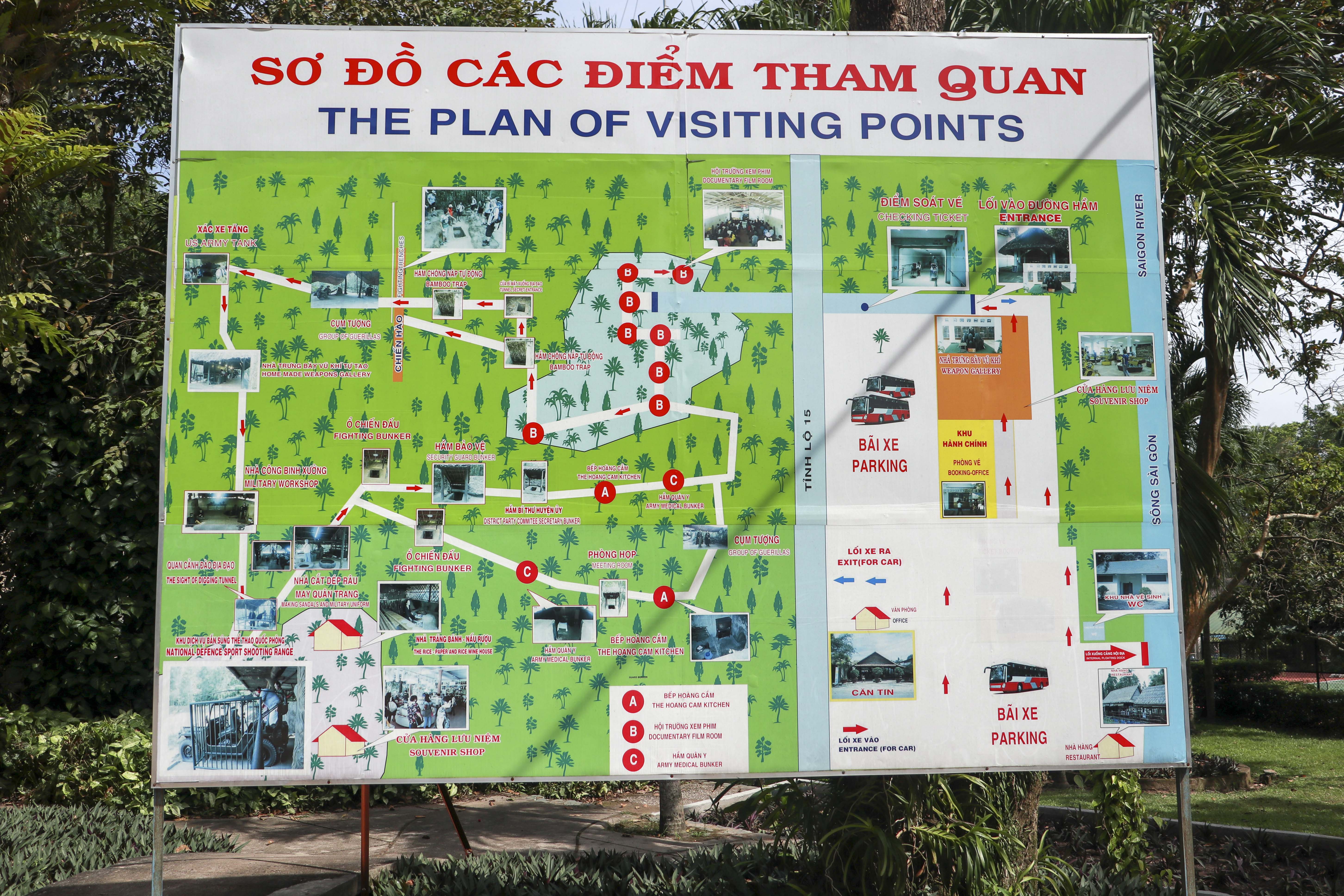
- The Cu Chi Tunnels were first discovered by American soldiers in 1966.
- It is estimated that over 16,000 people lived in the tunnels during the war.
- The tunnels were not only used by soldiers but also by women, children, and elderly people.
- The Viet Cong soldiers who lived in the tunnels were known as “tunnel rats.”
- The tunnels were equipped with booby traps, including spike pits, tripwires, and punji sticks.
- The Cu Chi Tunnels were also used to store weapons and ammunition, including AK-47s and grenades.
Comparison of Cu Chi Tunnels to Other Underground Systems

The Cu Chi Tunnels are often compared to other underground systems, such as the tunnels used by the North Vietnamese Army during the war. However, there are some significant differences between these systems. The tunnels used by the North Vietnamese Army were larger and more complex, with some stretching for over 200 miles. They were also used primarily for transportation and supply purposes, rather than as living quarters.
Another famous underground system is the Tunnel Rats of Vietnam, which was a network of tunnels used by American soldiers to conduct search and destroy missions. These tunnels were much smaller and less sophisticated than the Cu Chi Tunnels, and they were used for short periods rather than as long-term living spaces.
Conclusion
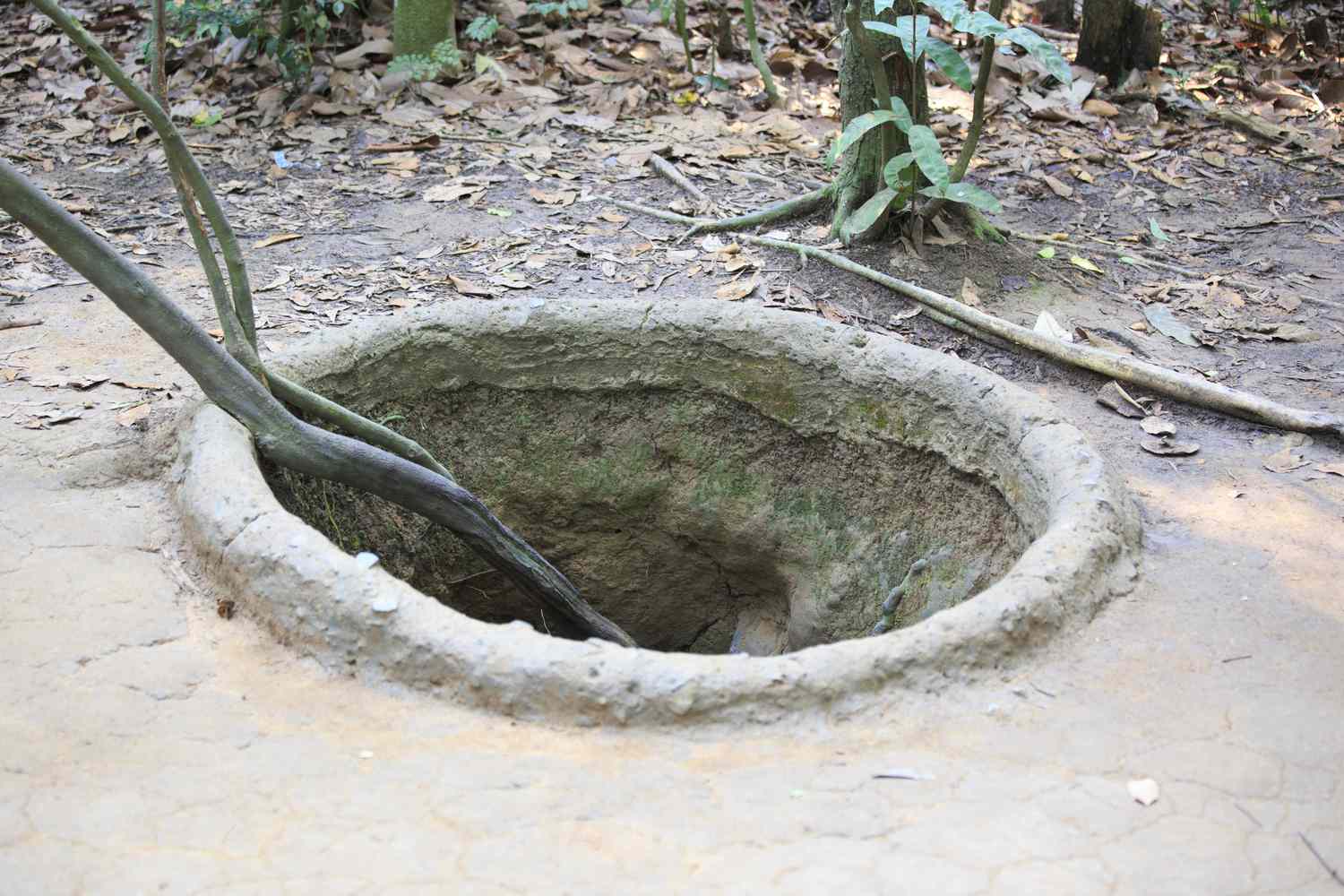
The Cu Chi Tunnels description stand as a testament to the resilience and determination of the Vietnamese people during the Vietnam War. These intricate underground tunnels played a vital role in the success of the Viet Cong and had a significant impact on the outcome of the war. Today, the Cu Chi Tunnels serve as a reminder of the country’s turbulent past and attract visitors from all over the world to experience a piece of history firsthand.